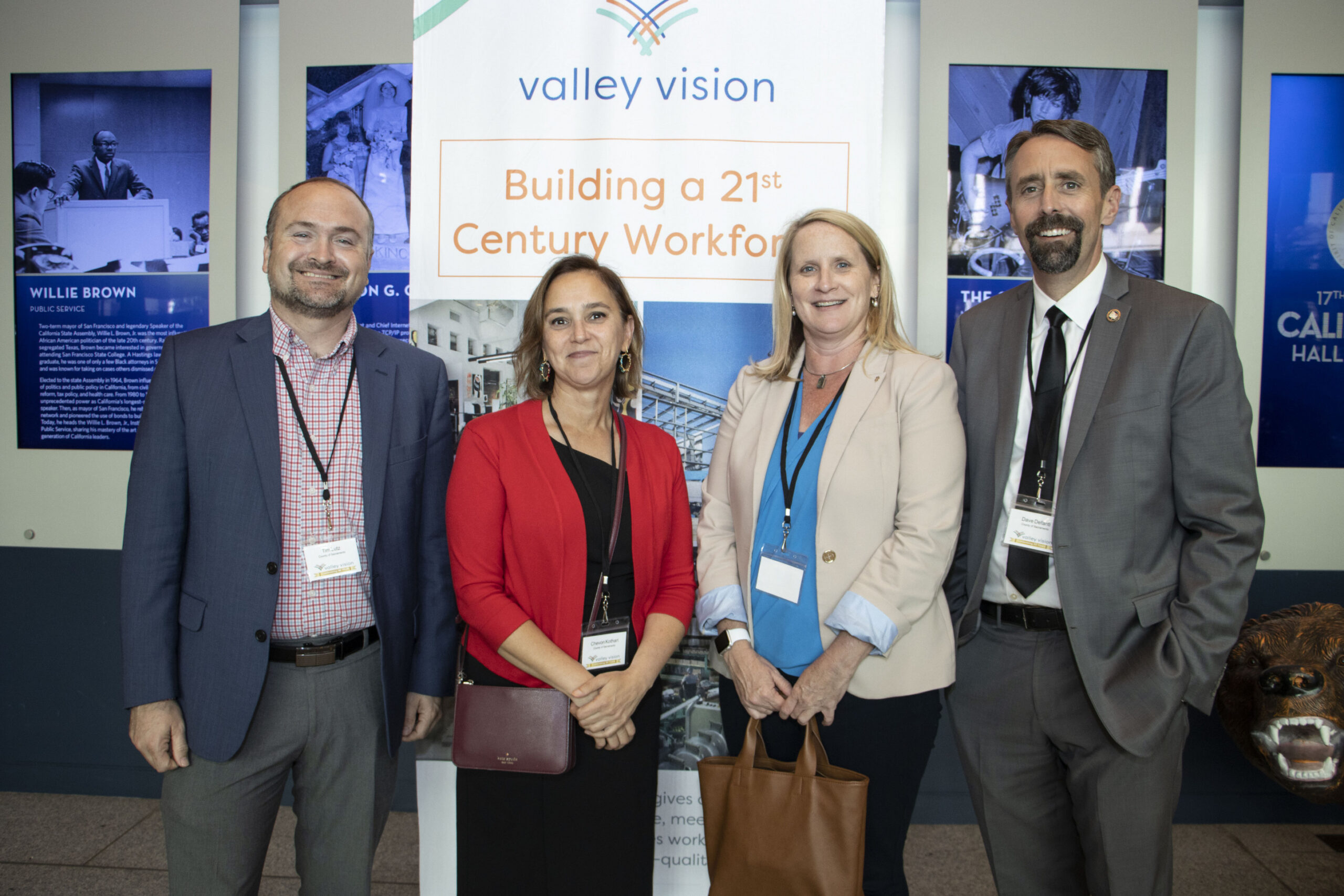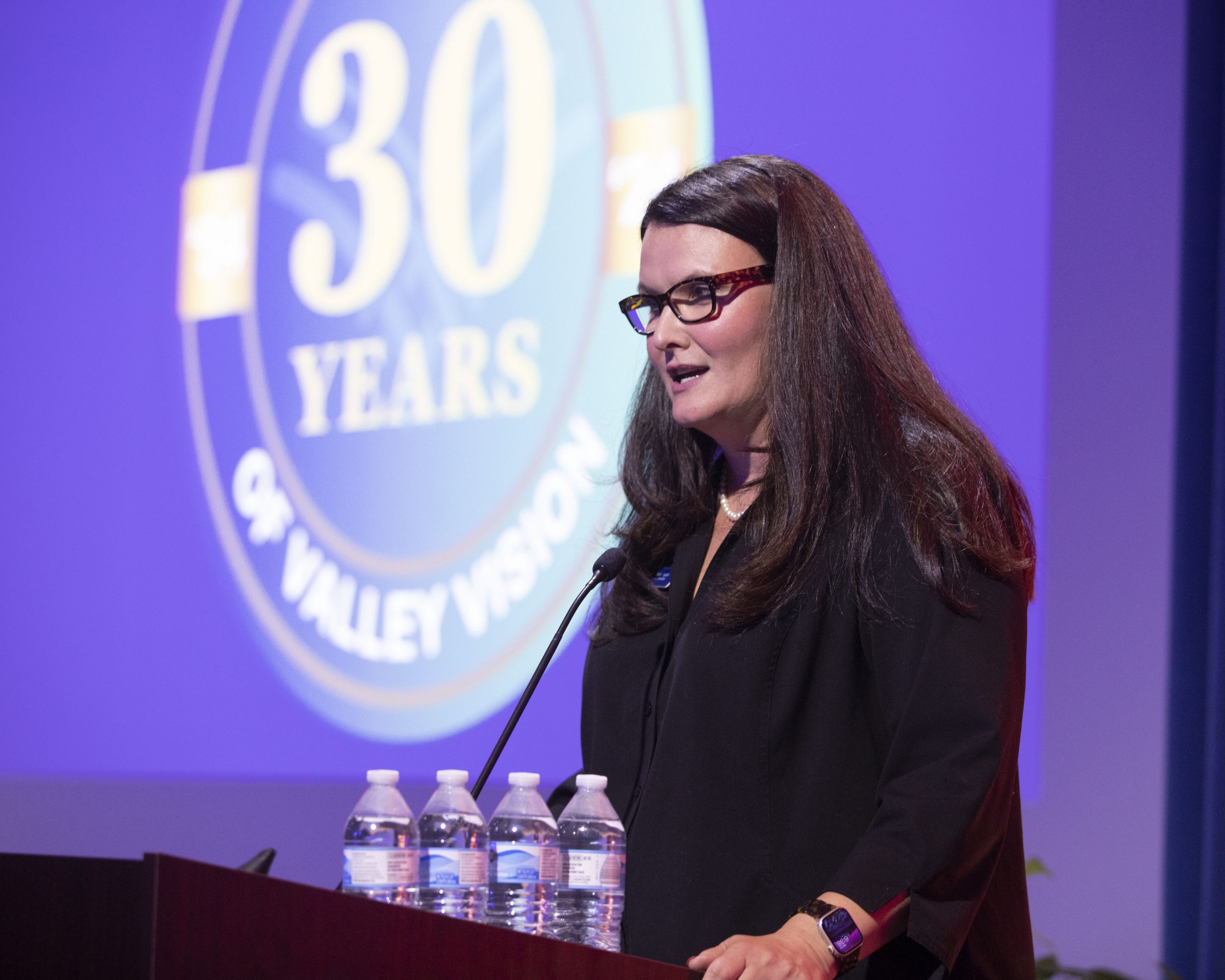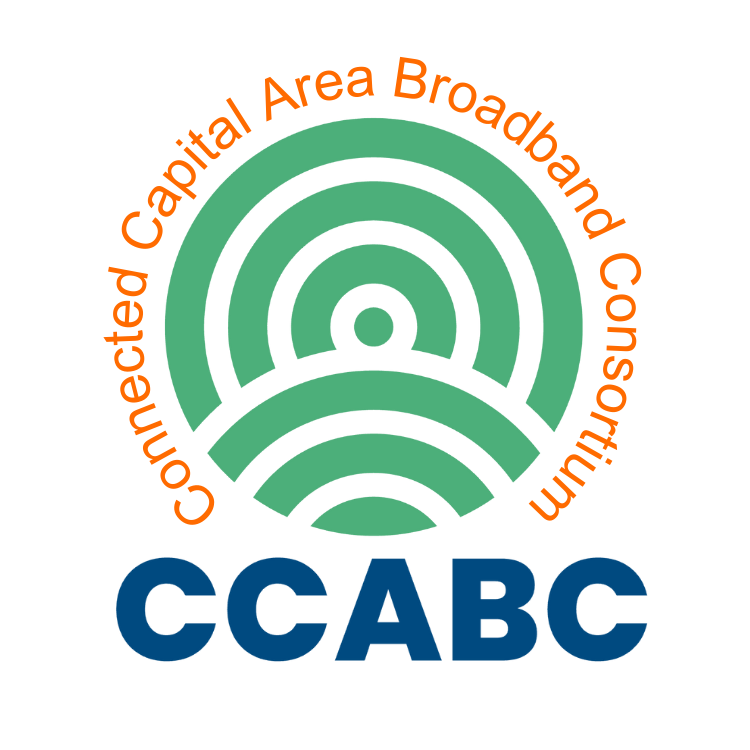Biomass & Beyond: The Future of Our Forests & Working Lands
Strong Workforce Program
Agriculture, Water, and Environmental Technologies Advisory
Valley Vision 30th Anniversary Celebration – Video & Photos (2024)
Thirty years ago, Valley Vision was founded to establish a vibrant future for the Sacramento region. Today, Valley Vision serves as the region’s trusted civic leadership hub. During our history, we have led hundreds of projects touching every aspect of the region’s well-being, including healthcare, air quality, workforce training, economic development, and empowering vulnerable populations.
At our 30th Anniversary celebration on Thursday, September 12th, 2024, we shared the video produced by our friends at KJ2 Productions, which highlights our history and work to date, as well as what the future holds for Valley Vision:
We are also thrilled to have worked with Tia Gemmell to capture event photos. A few favorites are below:




















Valley Vision 30th Anniversary Report (2024)
Thirty years ago, Valley Vision was founded to establish a vibrant future for the Sacramento region. Today, Valley Vision serves as the region’s trusted civic leadership hub. During our history, we have led hundreds of projects touching every aspect of the region’s well-being, including healthcare, air quality, workforce training, economic development, and empowering vulnerable populations.
In 2024, Valley Vision reflects on the past three decades and celebrates its impact on the region with this 30-Year Impact Report:
Yolo Food Hub Facility Report
Resilient Cities Catalyst funded this report as part of their technical assistance and capacity-building support for the Yolo Food Hub network. The Yolo Food Hub Concept Design was developed by AECOM and informed by the Yolo Food Hub Network and community partners. This report has enabled the Yolo Food Hub Network to secure additional funding necessary to move the facility from planning to implementation.
Broadband for Business: A Path Forward for the Capital Region Report (Spring 2024)


The Greater Sacramento Region, home to the Capital of the fifth largest
economy in the world, has a persistent Digital Divide crossing geographies
and economic sectors, worsened by the pandemic. In response, Valley Vision
received an economic recovery grant from the U.S. Economic Development
Administration (EDA) to prepare the region’s first-ever Broadband for Business
plan and resource guide.
This report documents broadband gaps for businesses throughout the region,
which call for our collective attention and action. The report also includes a
wealth of resources for businesses and those serving businesses and workers.
Food System Financing Strategy – Phase II of the Sacramento Region Food System Action Plan
This report undertaken by Grassroots Globe and Valley Vision with the generous support of the Sacramento Region Community Foundation (SRCF) comprises Phase II of the 2021 Sacramento Region Food System Action Plan (Regional Action Plan) process and identifies strategies to meet the funding needs for a resilient, sustainable, and equitable food system. The development of targeted food system financing strategies has been a long-term priority for the region, as identified in the 2015 Sacramento Region Food System Action Plan and echoed across further reporting and initiatives completed over the years, including the research findings of a national landscape scan on governance and funding models undertaken by Grassroots Globe at the request of Soil Born Farms and the Healthy Food For All Collaborative. The region, part of the Great Central Valley, experiences chronic underinvestment in the food system, including from the philanthropic sector at the regional, state, and national levels. Most recently, the end of The California Endowment’s ten-year investment in the Building Healthy Communities initiative left a further gap in our funding infrastructure, particularly for the non-profit sector.
As America’s Farm to Fork Capital, strategic investments in the regional food system have the power to address pervasive, collective challenges connected to food and nutrition insecurity and food-related health crises; leverage the strong assets of our food and agriculture economy, including as a pathway for inclusive economic and community development; and accelerate the many innovative partnerships and activities, deepening their impact and surfacing best practices for replication. This is more important than ever given the increasing need for resilience in the wake of a changing climate and other systemic shocks, such as COVID-19.
The report focuses on three inter-related categories of funding pathways which provide orientation for the findings of this report: municipal finance tools, federal and state grants, and philanthropic fund models. While the latter two are familiar revenue sources for food systems partners, municipal finance tools represent an under-utilized pathway. As the field and framing of local economic development is increasingly being leveraged to bolster food systems revitalization in the post-COVID landscape, particularly in federal initiatives, municipal finance tools represent a unique opportunity for generating resources.
As such, this report takes a closer look at the range of tools available to local governments who were
called upon to play a more active and systematic role in the food system, as their investments can
improve community health and wellbeing while driving economic growth and opportunity.
Sacramento Neighborhoods Activating on Air Quality (SNAAQ) Strategy Report (March 2024)
The Sacramento Neighborhoods Activating on Air Quality (SNAAQ) 2.0 project is funded by the
California Air Resources Board’s AB 617 Community Air Grant program (2021 cycle). The
purpose of this project is to “deepen the current work of four not-for-profit organizations (Valley
Vision, Civic Thread, Breathe California Sacramento Region, and Green Tech Education &
Employment) and community members in North Sacramento and Oak Park/Fruitridge in building
partnerships and advancing resident-identified AB 617 emissions reduction strategies in these
two vulnerable Sacramento neighborhoods.”
This report synthesizes data from the SNAAQ 2.0 survey process, which was overseen by the
9-member SNAAQ 2.0 Community Steering Committee and primarily conducted with direct
mailers to more than 29,000 households across both target neighborhoods.
Sacramento Region CROP Profile
As part of the Coordinated Rural Opportunities Plan (CROP), this profile identifies priority areas for infrastructure investments and programs to strengthen the Sacramento Region’s food and agricultural cluster. The Coordinated Rural Opportunities Plan provides county and regional leaders the opportunity to address infrastructure investment challenges and collectively come together on solutions, including policies and investments, that will support the region’s agricultural sustainability and long-term economic health and resiliency. This profile summarizes key highlights from the county profiles and includes examples of innovative models that can be leveraged across the region for shared solutions and potential resources to meet vital infrastructure needs.
El Dorado County CROP Profile
As part of the Coordinated Rural Opportunities Plan (CROP), this profile identifies priority areas for infrastructure investments and programs to strengthen El Dorado County’s food and agricultural cluster. The Coordinated Rural Opportunities Plan provides county and regional leaders the opportunity to address infrastructure investment challenges and collectively come together on solutions, including policies and investments, that will support the region’s agricultural sustainability and long-term economic health and resiliency. This profile includes examples of innovative models that can be leveraged across the region for shared solutions and potential resources to meet vital infrastructure needs. CROP also includes a Regional Profile that summarizes key highlights from the county profiles.
Placer County CROP Profile
As part of the Coordinated Rural Opportunities Plan (CROP), this profile identifies priority areas for infrastructure investments and programs to strengthen Placer County’s food and agricultural cluster. The Coordinated Rural Opportunities Plan provides county and regional leaders the opportunity to address infrastructure investment challenges and collectively come together on solutions, including policies and investments, that will support the region’s agricultural sustainability and long-term economic health and resiliency. This profile includes examples of innovative models that can be leveraged across the region for shared solutions and potential resources to meet vital infrastructure needs. CROP also includes a Regional Profile that summarizes key highlights from the county profiles.
Sacramento County CROP Profile
As part of the Coordinated Rural Opportunities Plan (CROP), this profile identifies priority areas for infrastructure investments and programs to strengthen Sacramento County’s food and agricultural cluster. The Coordinated Rural Opportunities Plan provides county and regional leaders the opportunity to address infrastructure investment challenges and collectively come together on solutions, including policies and investments, that will support the region’s agricultural sustainability and long-term economic health and resiliency. This profile includes examples of innovative models that can be leveraged across the region for shared solutions and potential resources to meet vital infrastructure needs. CROP also includes a Regional Profile that summarizes key highlights from the county profiles.
Sutter County CROP Profile
As part of the Coordinated Rural Opportunities Plan (CROP), this profile identifies priority areas for infrastructure investments and programs to strengthen Sutter County’s food and agricultural cluster. The Coordinated Rural Opportunities Plan provides county and regional leaders the opportunity to address infrastructure investment challenges and collectively come together on solutions, including policies and investments, that will support the region’s agricultural sustainability and long-term economic health and resiliency. This profile includes examples of innovative models that can be leveraged across the region for shared solutions and potential resources to meet vital infrastructure needs. CROP also includes a Regional Profile that summarizes key highlights from the county profiles.